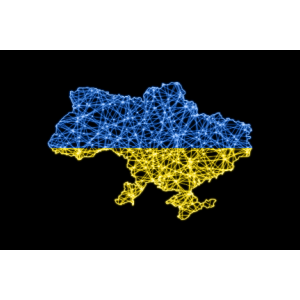Hstoday Ukrainian Telecoms Hack Highlights Cyber Dangers of Russia’s Invasion
A recent cyber attack on Ukraine’s largest telecommunications provider, Kyivstar, caused temporary chaos among subscribers and thrust the cyber front of Russia’s ongoing invasion back into the spotlight. Kyivstar CEO Oleksandr Komarov described the December 12 hack as “the biggest cyber attack on telco infrastructure in the world,” underlining the scale of the incident.
This was not the first cyber attack targeting Kyivstar since Russia launched its full-scale invasion in February 2022. The telecommunications company claims to have repelled around 500 attacks over the past twenty-one months. However, this latest incident was by far the most significant.
Kyivstar currently serves roughly 24 million Ukrainian mobile subscribers and another million home internet customers. This huge client base was temporarily cut off by the attack, which also had a knock-on impact on a range of businesses including banks. For example, around 30% of PrivatBank’s cashless terminals ceased functioning during the attack. Ukraine’s air raid warning system was similarly disrupted, with alarms failing in several cities.
Read the rest of the story at Atlantic Council, here.



